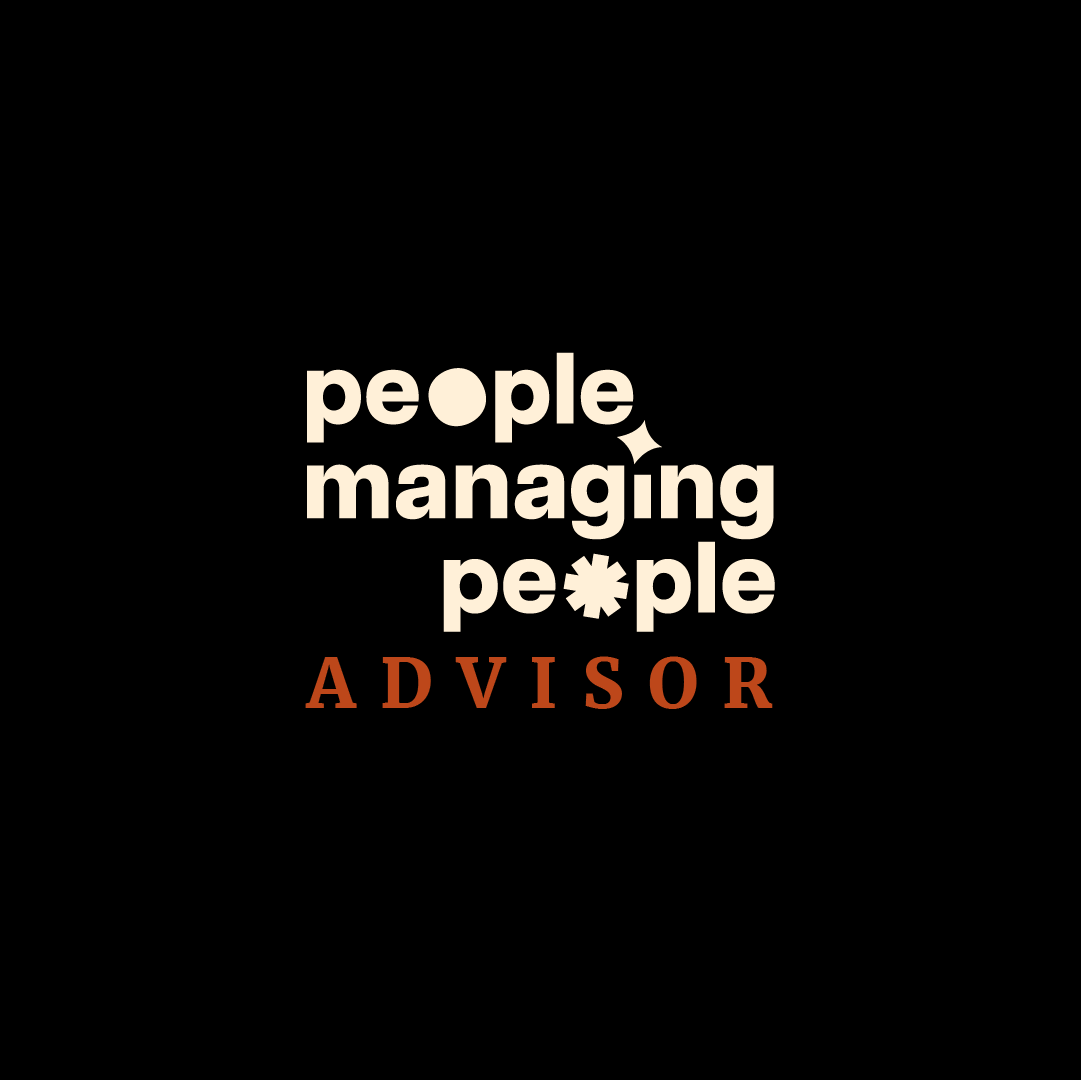As an HR or business leader, you’re no doubt a busy person. Any tool that makes your job easier, helps capture talent, engages employees, and tracks performance would surely be of interest.
Well, such tools do exist.
In this article, I’ll show you how an HRIS can benefit your HR teams, employees, and organization.
What Is An HRIS?
At its core, an HRIS, or human resource information system, is a software tool that stores employee and organizational data and combines a number of features to help HR people at every level do their jobs more effectively.
In essence, it’s about utilizing the power of technology to oil the cogs of the organization and create a happier, more productive workforce.
Core Features Of An HRIS
HRIS systems come in many different flavors. It can be a small employee database right up to a multimillion-dollar Enterprise Resource Planning (ERP), and everything in between. Some of the core functionalities include:
- Benefits administration software to manage employee benefits
- Payroll and compensation management tools
- Workflow, scheduling, or resourcing tools
- Self-service portal for employees
- A centralized database to store employee and organizational data (think org charts, handbooks, best practices)
- Applicant tracking systems (ATS) to streamline the recruitment
- A performance management function to track employee performance and ensure that departments are working towards accomplishing the strategic goals of the business
- Workforce analytics.
While HRIS systems offer a range of functionalities, choosing the right HR software can make a significant difference in how effectively these features are utilized
Benefits Of An HRIS
From organizing employee information, cleaning up administrative tasks, and offering insights with HR data, the right platform could be a core HR solution for you and your organization.
Benefits For HR Departments
Much of the benefits of HRIS software will be felt in the HR department, freeing up time and resources to work on the rewarding part of the job: developing people.
Increased Productivity
The bread and butter of any HRIS platform is to make your HR leaders' jobs easier and more efficient. Whether the department is one person strong or a department of 50, the right tools can streamline work for any HR administrator, freeing them to work more efficiently and swiftly.
An HRIS tool embodies so much of your HR operations from hiring, benefit tracking, to employee information. It also makes employee data easier to collect from new hires and automates manual processes, providing a one-stop-shop for your team and making human capital management easier.
Streamlined Employee Onboarding & Data Management
Information is stored in one centralized HR database where it can be easily accessed, shared, and modified. No more mountains of paperwork or juggling multiple spreadsheets. Plus, many tasks can be automated and many HRIS platforms are employee self-service.
For example, the Los Angeles Sheriff's Department improved its hiring process by sending automated emails to their candidates about their application status. Not only did this automation improve the hiring experience for candidates, but it streamlined the hiring process internally too.
Similarly, when a candidate has entered the onboarding phase, or something is required of a current employee, automated reminders ensure that important tasks are chased up and completed.
With less time spent on admin, HR leaders have more time for higher-level (and more fun) strategic tasks.
Related Read: What Is Employee Benefits Liability Coverage?
One-Stop Spot for Scheduling & Payroll
The HR department is always busy. Keeping on top of scheduling, vacation requests, employee absences, payroll, pension, insurance, benefits, and recruitment is no easy feat. Not to mention onboarding new hires, capturing paperwork, and necessary employee data.
Team members can collect hours from managers and direct reports from their HRIS platform, making payroll and hour tracking easier and more direct.
Easier Compliance
HRIS solutions make HR compliance easier by having all the required information and documents stored, organized, and easily accessible when the time comes for government audits or a legal matter arises.
Further, automated alerts can be set up to keep on top of the latest regulations and deadlines regarding minimum wage, overtime, etc.
Compliance HR's SmartScreen, for example, helped employees return to the workplace post-COVID-19 by enabling organizations to automatically send jurisdiction-specific screening questionnaires for their employees to complete before returning to the office.
Become Data-driven
In today's modern workplace, people management teams are tasked with investing time and resources into employee engagement, employee retention, onboarding success, and company morale.
The right platform can help your team benchmark your efforts towards a successful employee experience and can help with customizable reports pertinent to your goals too.
An HRIS helps HR teams collect and analyze organizational data and get valuable insights into areas such as headcount, salaries, retention rate, employee satisfaction, and the effectiveness of company-wide initiatives.
HR leaders, as well as other stakeholders, can use this data to map out organizational structure and processes, identify opportunities for improvement, and for more accurate workforce planning.
Benefits For Employees
An HRIS can also make your employees' lives easier, and make them feel more engaged and connected.
Easier Onboarding
A smooth onboarding process helps set the tone for new hires and contributes to employee success and retention.
As an HRIS function, it might be an extension of the applicant tracking system that helped get the candidate over the line.
New hires can log into the employee self-service portal, deal with any admin, start training, and get a feel for the role and their new team.
Increased Empowerment
With a self-service portal, employees will have the ability to manage their personal information, vacation requests, benefits and perks.
HRIS increases employee satisfaction by being a one-stop shop. There's less chance of admin errors affecting pay or time off, and they can also take advantage of automated reminders.
Making that employee to HR connection easier creates stronger buy-in from your team for other rollouts down the line, for communications and programming.
Increased Employee Engagement
Employees can also use the HRIS platform to access training resources and track their progress through assessments.
Just like HR and management will have more data to aid with career development, so will employees. This can motivate and encourage them to take additional training, track their progress, and set their own goals.
As a good example of this, check out CISCO's Talent Cloud.
Organizational Benefits
A study by SHRM found that organizations that combine effective HR management processes with the right HR technology, i.e. an HRIS, are likely to be more productive and more profitable than those that do not.
Many organizations that adopt an HRIS take advantage of:
- Faster recruitment cycles
- Better quality applicants
- Improved employee branding
- More opportunities to identify internal talent and promote from within
- Easier planning and forecasting
- Closer alignment of company values with those of employees
With a more efficient HR department, more engaged employees and more data to play with, chances are an organization's bottom line improves.
Improved company culture
Your HRIS solution streamlines HR tasks and bolsters that connection between your people and your HR team, freeing up your organization to focus on communicating and imbuing core values, investing resources into culture, and, most importantly, putting your people first.
Think of it as investing in an HRIS tool to help your organization refresh how they approach People Ops or maximizing how people succeed in their roles while also creating an environment where people feel invested in.
Something as standard as the onboarding process would be streamlined with an HRIS. From collecting the needed paperwork to administrative tasks, your HRIS takes this on so your people management team can bring your core values into your strategy, creating a personal and warm welcome for a new hire.
This can be effectively pairing a new employee, a Welcome Buddy or organizing group trainings on how your team communicates online, expectations, and more. This would create a stronger first week impression than having a new employee spend their time filling out paperwork.
The right HRIS tool can also make 1:1 more effective for both the employee and the manager. It helps track consistency for the organization at large or for that role, and it also creates accountability for the employee’s role and the manager’s performance management style.
For instance, an employee who’s always performed well and has always shown great productivity might hit a plateau. Your HRIS reports can help a manager review their previous quarters with them, while also having a deeper conversation on what that employee needs to truly engage at work again.
Your HRIS tool would streamline the organizing and administrative components of people management, freeing the people on your team, from directors, managers, and employees to bring out the connection and work with those core values in mind.
How To Get Started With An HRIS?
Now you’re thinking an HRIS might be pretty useful, or considering how your current system can be upgraded.
With so many options out there, it’s important to find the best HRIS software for your business needs.
Finding the right HRIS vendor that is passionate about HR processes and your company outlook is key.
HR professionals should look into ease of use, what core functions are included, how customizable the service is, if the solution can integrate with any legacy systems, and, of course, value for money.
As a good place to start, see our guide to the Ten Best HRIS Systems.
Need expert help selecting the right Human Resources (HR) Software?
If you’re struggling to choose the right software, let us help you. Just share your needs in the form below and you’ll get free access to our dedicated software advisors who match and connect you with the best vendors for your needs.
Join Our Community Of People Managers & Culture Creators
The People Managing People blog, podcast, and community exists to help you become a better leader of people and catalyst for healthy company culture.
Our community is a space for experienced people managers and culture creators to develop as leaders and connect with other like-minded individuals.
Learn more about the People Managing People community here.
You can also subscribe to the newsletter to get updates when we publish fresh articles and podcasts with the latest thinking in HR from leadership and management experts from around the world.
Didn't find what you were looking for? Try these articles instead: 10 Best HR Software For Small Business or 10 Best HRIS for Small Businesses to Manage HR Data.



